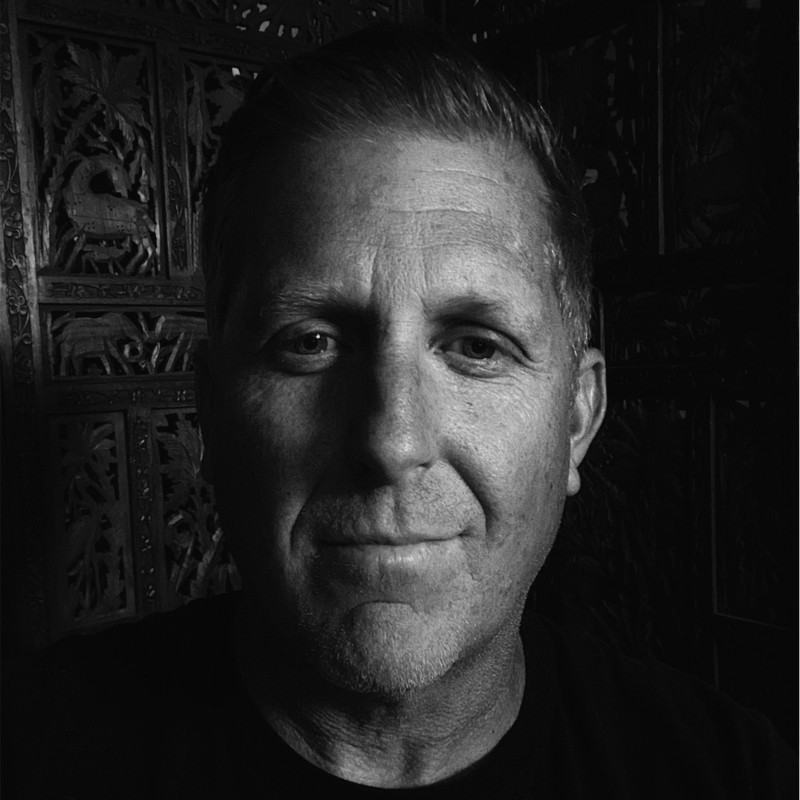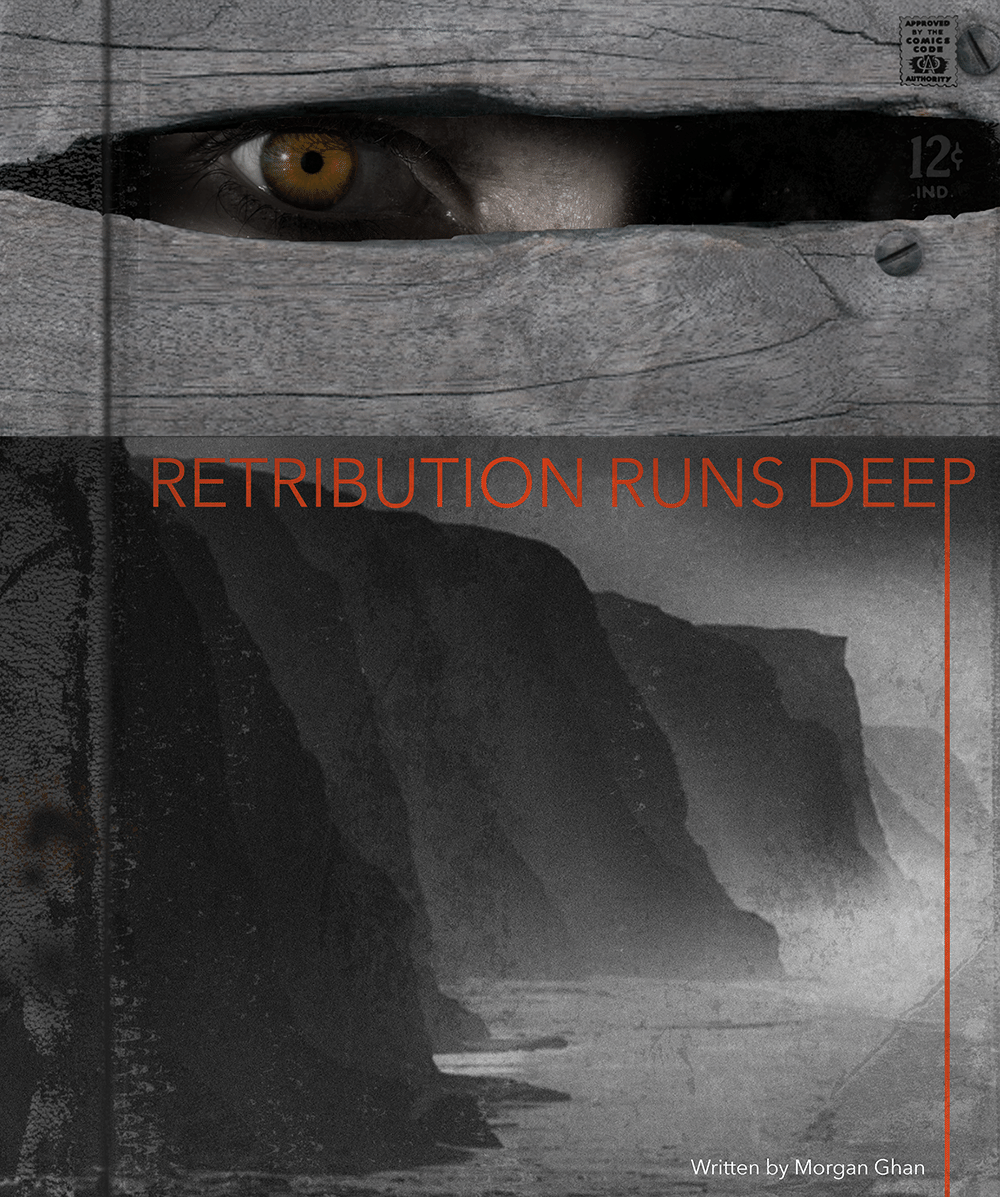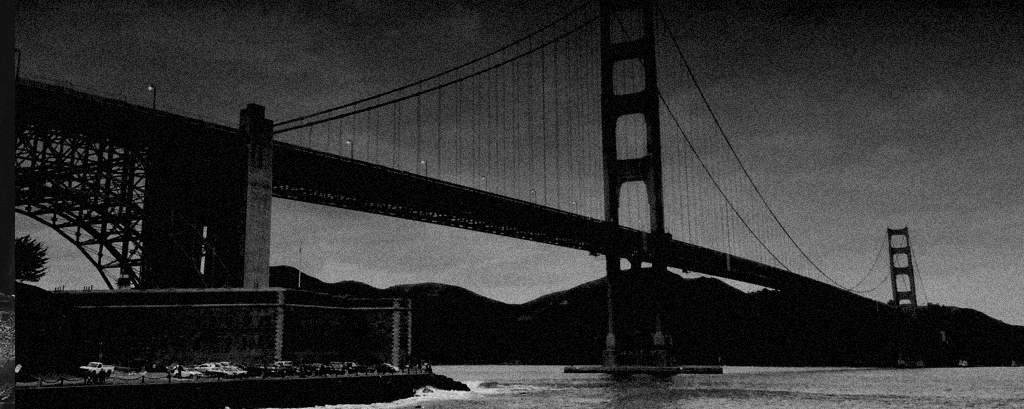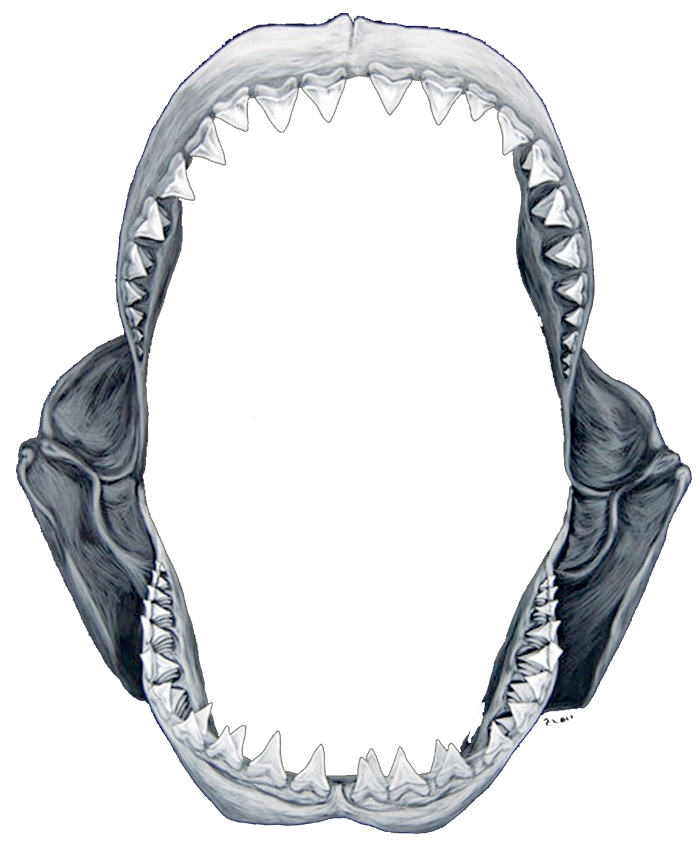
About The Writer

Morgan Ghan
As a little kid growing up in the 1970’s, unchained and free to roam, I often found myself at the local movie theater, eating popcorn and watching a double feature. During the summer of 1976 everything changed for me, when two monstrous new movies opened at the Huntington Theater. King Kong (1976) and Jaws (1975) had arrived. Only five years old at the time, I managed to watch that double feature ten times over the summer. These movies were not just idle entertainment for me, they were shaping the way I viewed the world and how I escaped from it. The story, artistry, adventure and special effects of these epics would have a lifelong impact on me. And I didn’t think it could get any better. Then a year later (1977) I saw Star Wars. Watching from the back of my mom’s Ford Pinto at the Warner Drive-In, my mind was blown and I was hooked. As a result, I began drawing these stories and characters, later realizing, that these films had introduced me to both of my lifelong passions, Film and Art. Since the golden days of the Block Busters, it feels like many lifetimes (and decades) have passed, and in each one my love for story and film has grown and developed more and more.
My career in art began in the struggling 1990’s skateboard industry in San Francisco. I developed some of my graphic skills there. Mentored by the famous grafitti/tattoo artist, Mike Giant, I learned how to create line work with a sharpee and a fine point pen and how to cut rubylith for color separations. At the same time I was also working as a Boom Operator in the Bay Area’s thriving film industry. I worked on a Rob Nielsen feature, several HBO series and many other projects. While working on a film in the Hunters Point Naval ship yard in San Francsico, I met a young art director named J.P. Saladin (R.I.P.). J.P. had written a screenplay and mentioned he was looking for an illustrator to do some concepts and story boards for the pitch. I volunteered imediately, creating over 280 storyboards and several plates for J.P.’s masterpiece, The Orphan’s Club. These storyboards and plates were later used to pitch Disney on the film, which Disney optioned and in a first for Disney, allowed J.P. to retain the literary rights to the story. Sadly, J.P. Salidin passed away in 2019. He was extremely kind and generous, a truly inspirational human. Drawing those storyboards and reading J.P.’s screenplay sparked something in me. I thought, if J.P. is doing this, why don’t I. So, inspired by J.P. and his incredible passion for story and writing, I began writing my first Screenplay in August, 1993. The title was The Dredge. Fourteen pages into this epic, monster, classic, I realized, I had no idea what I was doing. On the shelf it went. What didn’t get shelved was my love for story, film, art and screenwriting, so I continued to dream. By chance, I then went on to have a successful career in the surf industry as an Art Director. This career paid the bills but was ultimately unfulfilling and I knew I needed to shift gears again.
With the endless patterns of the clothing industry behind me, I wasted no time and signed up for Robert McKee’s four day intensive Screenwriting Seminar. I was going to make my passion a reality. I had discovered Robert McKee while reading Peter Jackson’s Autobiography. Mr. Jackson mentioned that Robert’s seminar was instrumental in helping him to better understand screenwriting and its fundamentals. The class left a huge mark on me. The Hero’s Journey, I learned, is what I really enjoyed about my favorite films. After completing Robert’s Seminar it was time to write. I had four concepts for this first feature screenplay. Black Point, an epic, nautical themed story about two kidnapped siblings, won the day. With the tools acquired from Robert McKee’s class, my passion for art and story, I was on my way to finishing my first screenplay. Four years later it was done, slightly longer than I had anticipated. I studied the greats whenever I hit a bump in the writing road or if writers block was stopping me. I read everything about all of the film makers that inspired me, Spielberg, Lucas, Copala, Kurasawa, Fincher, Walter Murch and Cinematographers Deakins and Fraser. All to find any clues on how this magic, called film, is made. Now, with a finished screenplay for Black Point in hand, and a good deal of visual development completed, I’m busy navigating the extremely challenging road to making and funding a feature film.



